Our Wallabies
Wallabies
Celebrating the remarkable journey of four proud HHRUFC players who reached the highest level in Australian Rugby
From local club matches at Boronia Park to representing the Wallabies on the world stage — these players are a testament to the strength and legacy of Hunters Hill Rugby

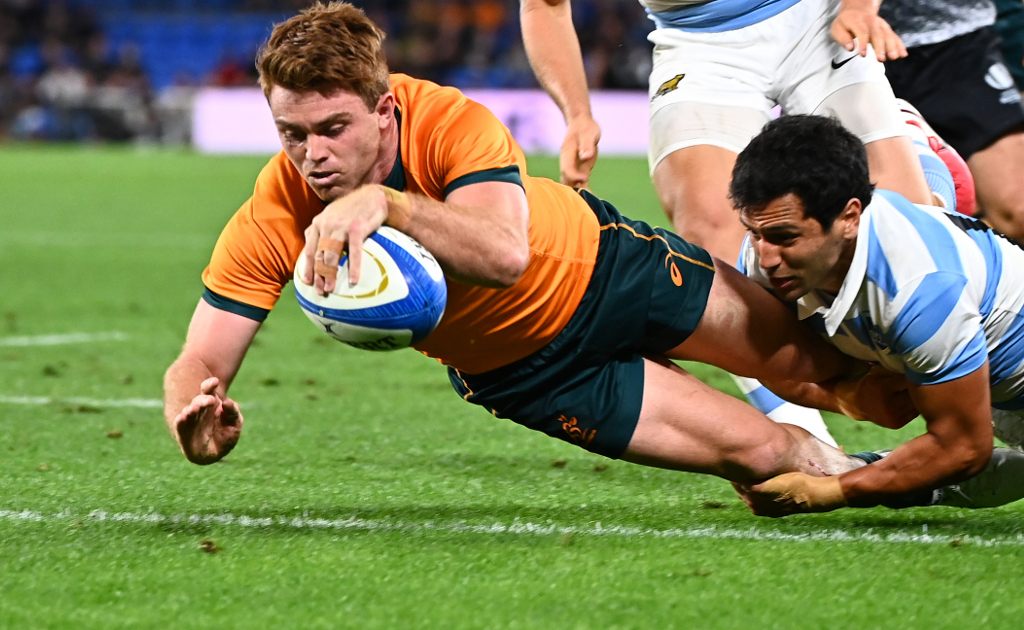
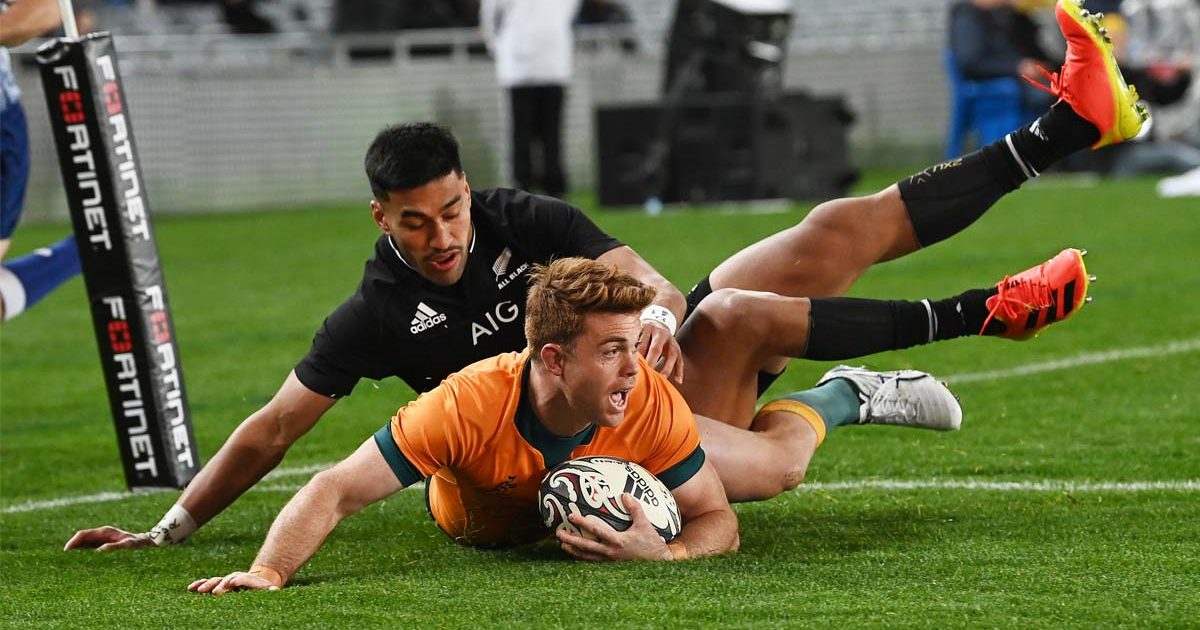
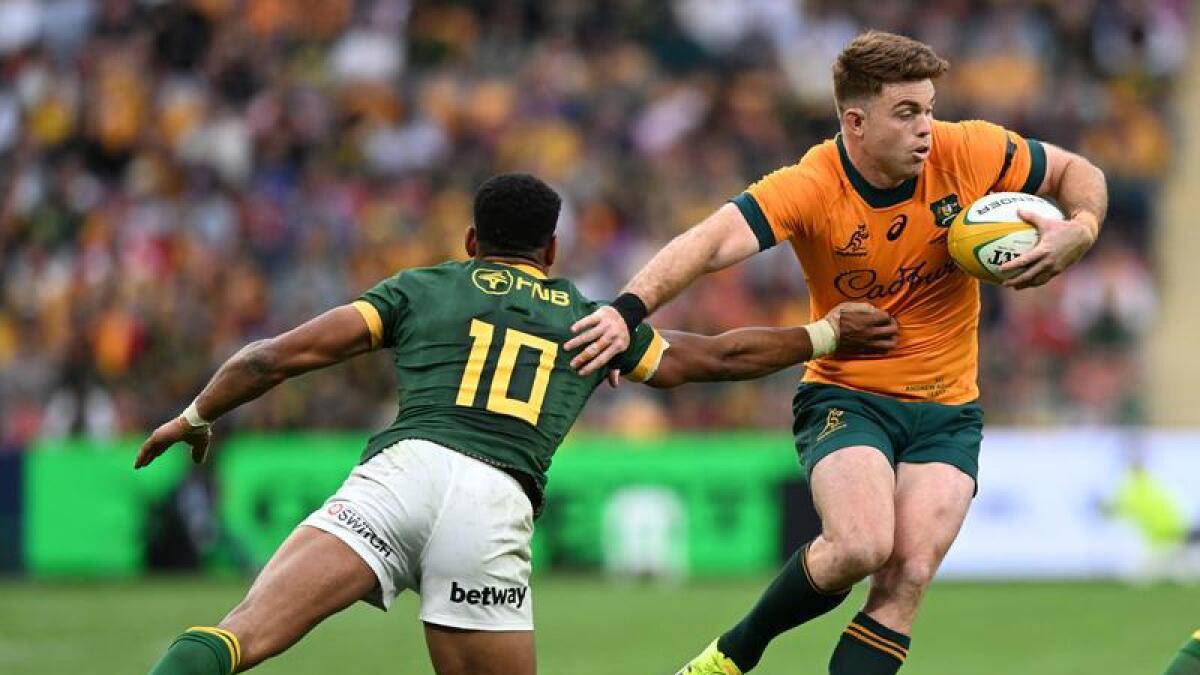
Andrew Kellaway – Wallaby Number 943
Andrew Kellaway’s journey to the Wallabies is something of a cautionary tale. Star Australian schoolboy, star junior Wallaby, Waratah at 20, and Australian senior side development player at 21. Unfortunately, it was all “too much, too soon.”
Andrew played his first rugby for the Hunters Hill RUFC, where his father is a Life Member and was instrumental in the rebuilding of the junior club through the early 1990s. He joined twin brother, Nick, and older brothers, Tom and Michael playing in black and white.
He attended The Scots College and spent three years in the 1st XV (2011-13). From there he twice won selection for Australian Schools (2012-13) and then for Australian U20s (2014 & 2015 – as captain). In the 2014 World Championship, Kellaway scored a record ten tries – in just five matches.
He made his Waratah debut in 2016, against the Brumbies, and later that year was chosen as a development player on the Wallabies end-of-season Spring Tour.
Back-to-back injuries then sidelined Kellaway for the best part of the 2017 and 2018 seasons.
His Waratah contract now up, Kellaway faced an uncertain future. He moved to the U.K., signed with Northampton Saints and proceeded to learn a lot about himself. Kellaway recalled: “I look back now and that experience I had at Northampton was monumental for me in terms of the way I approached life and rugby.” After the UK he linked up with Counties Manakau in New Zealand’s NPC. He rounded out his globetrotting with a stint in Japan at the NEC Green Rockets before the Melbourne Rebels convinced him to return home for the 2021 Trans-Tasman leg of Super Rugby.
That was the beginning of a most memorable year for Kellaway. He made his first Australian squad in five years, scored the second most tries (9) in a Wallabies’ debut season and walked away with Rugby Australia’s Rookie of the Year award.
After 2021, Andrew Kellaway continued to play for the Melbourne Rebels in Super Rugby, making 50 appearances over four seasons with the club.
He re-committed to Australian Rugby until at least the end of 2026 and, as part of his new contract, Kellaway returned to his hometown of Sydney to play for the NSW Waratahs, rejoining the club where he began his Super Rugby career in 2016.
Andrew has remained a significant part of the Wallabies squad, earning 39 caps to date.
His willingness to acknowledge his rugby roots and remain a part of HHRUFC has been a source of pride for our Club and a source of inspiration for our Juniors.
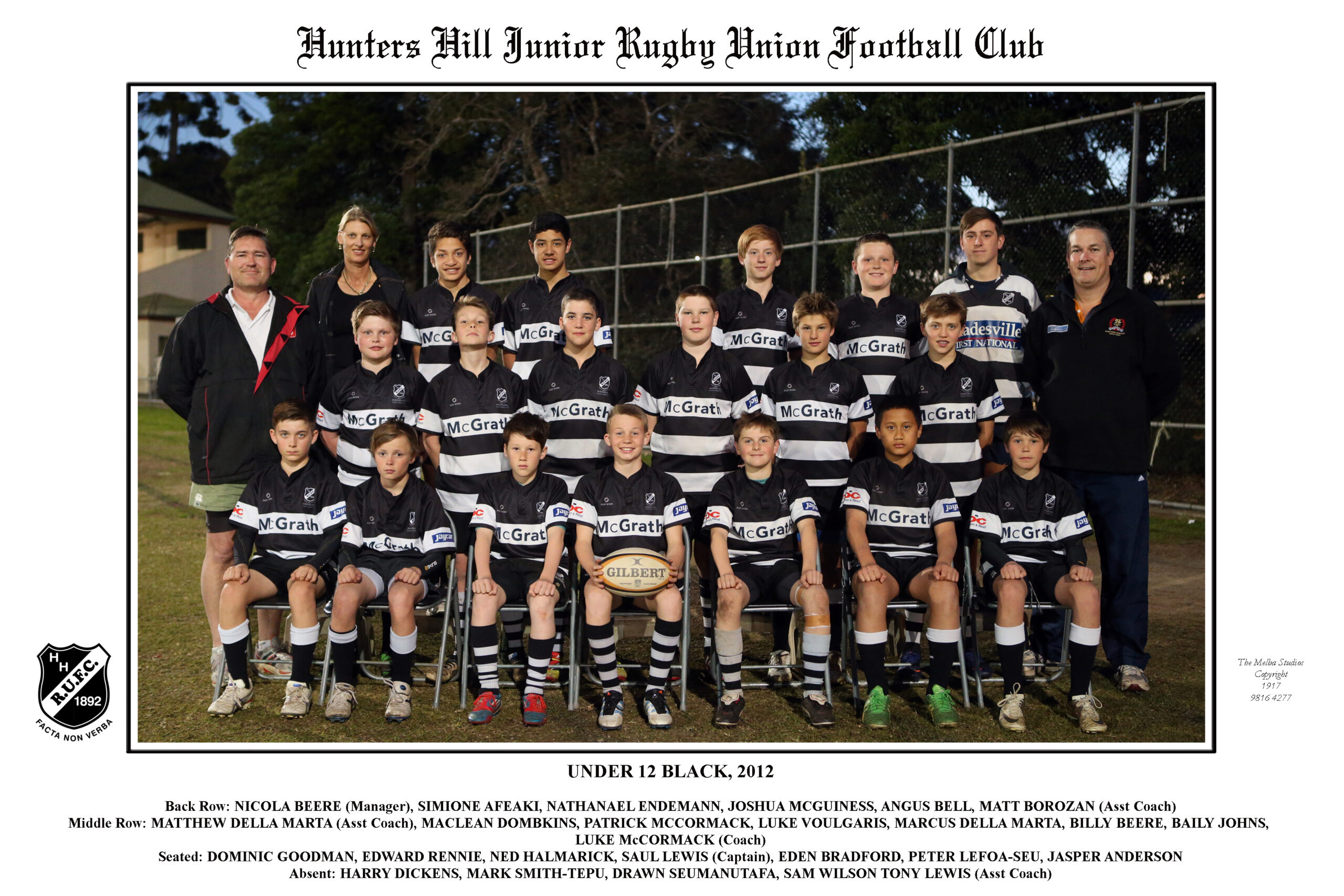
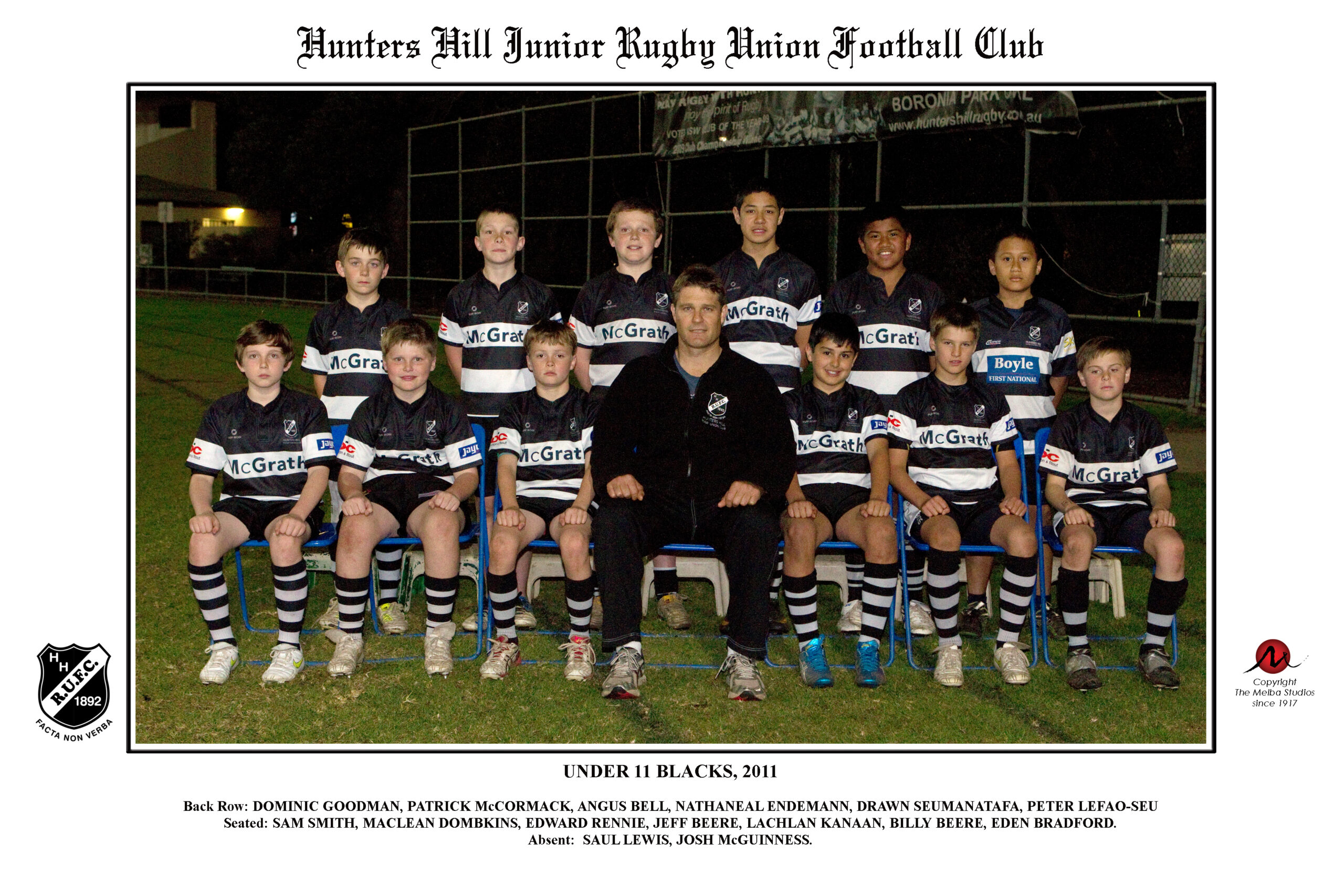
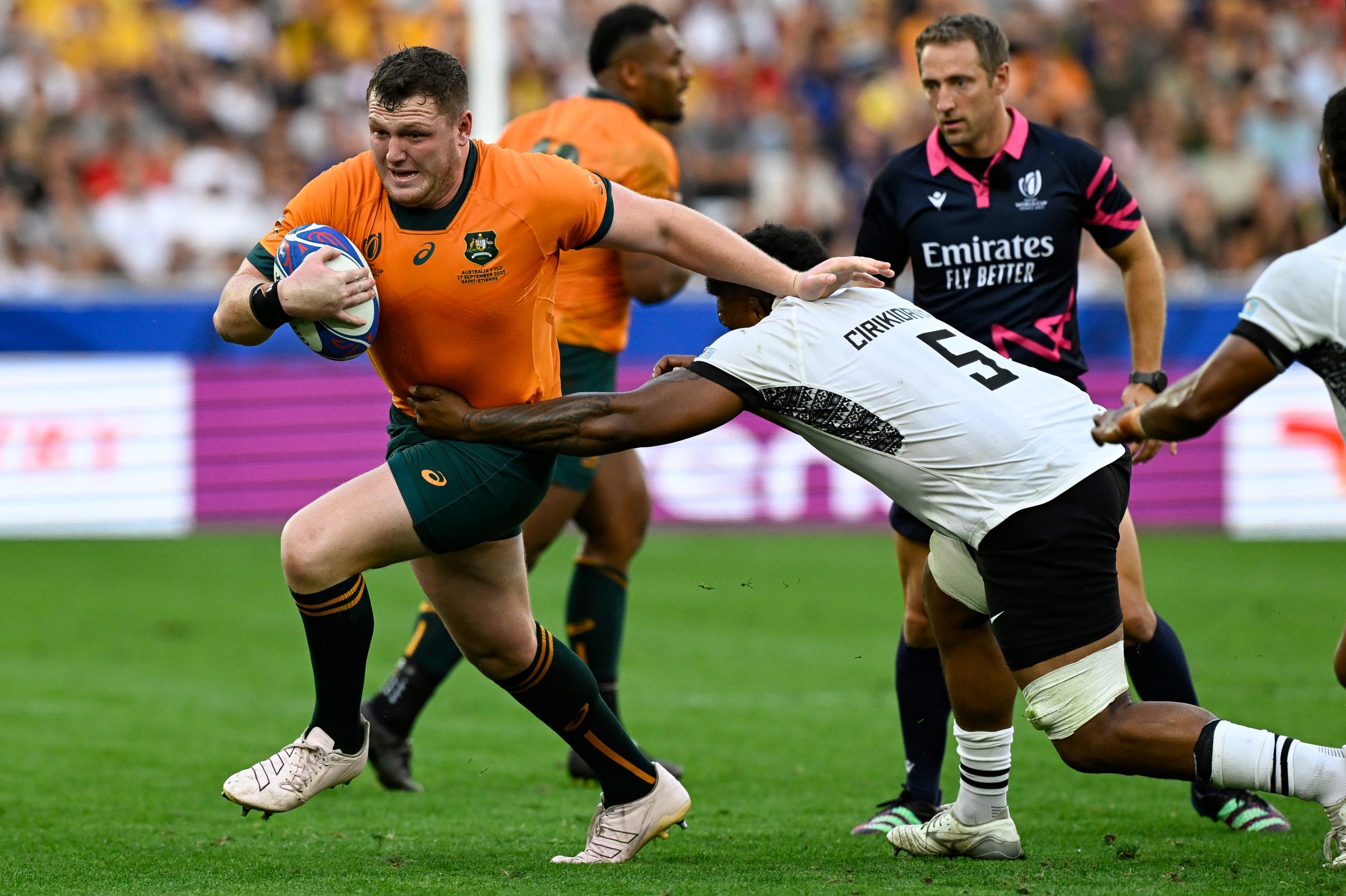
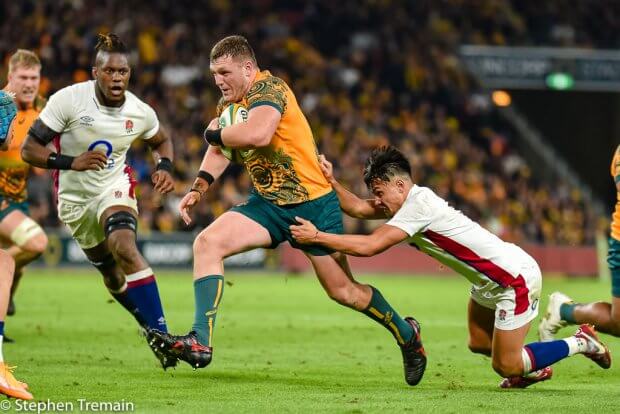
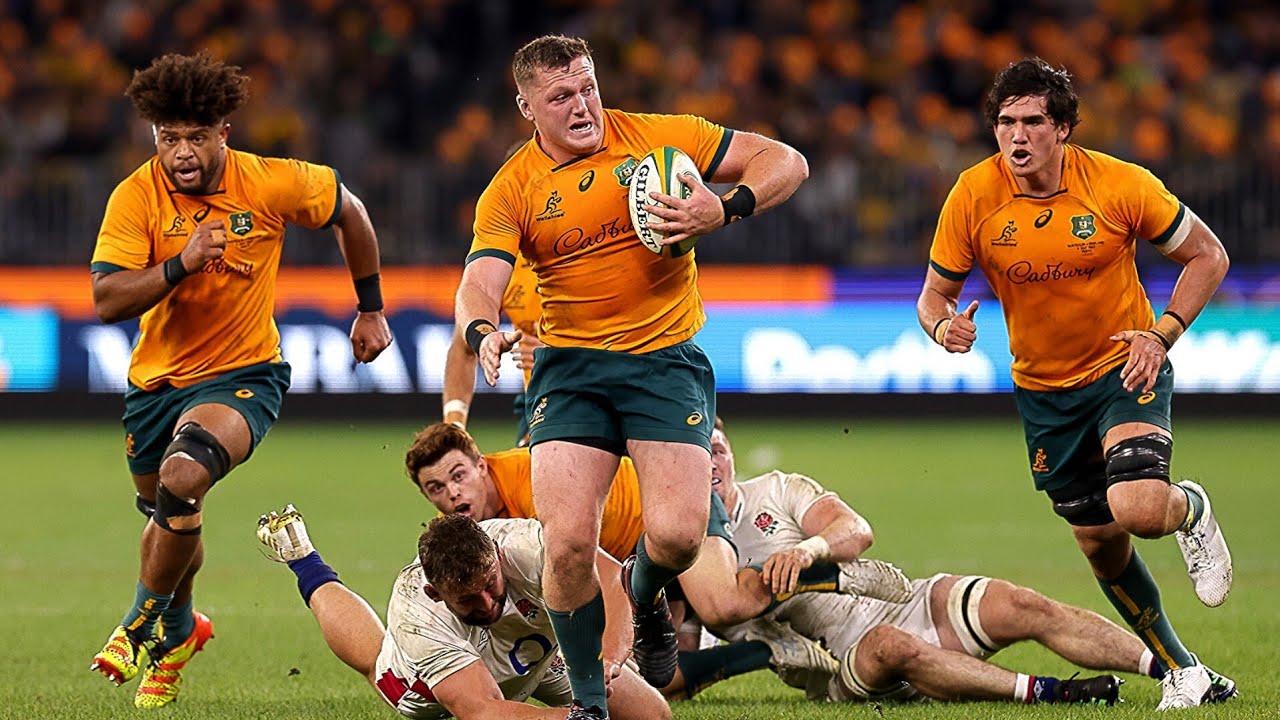
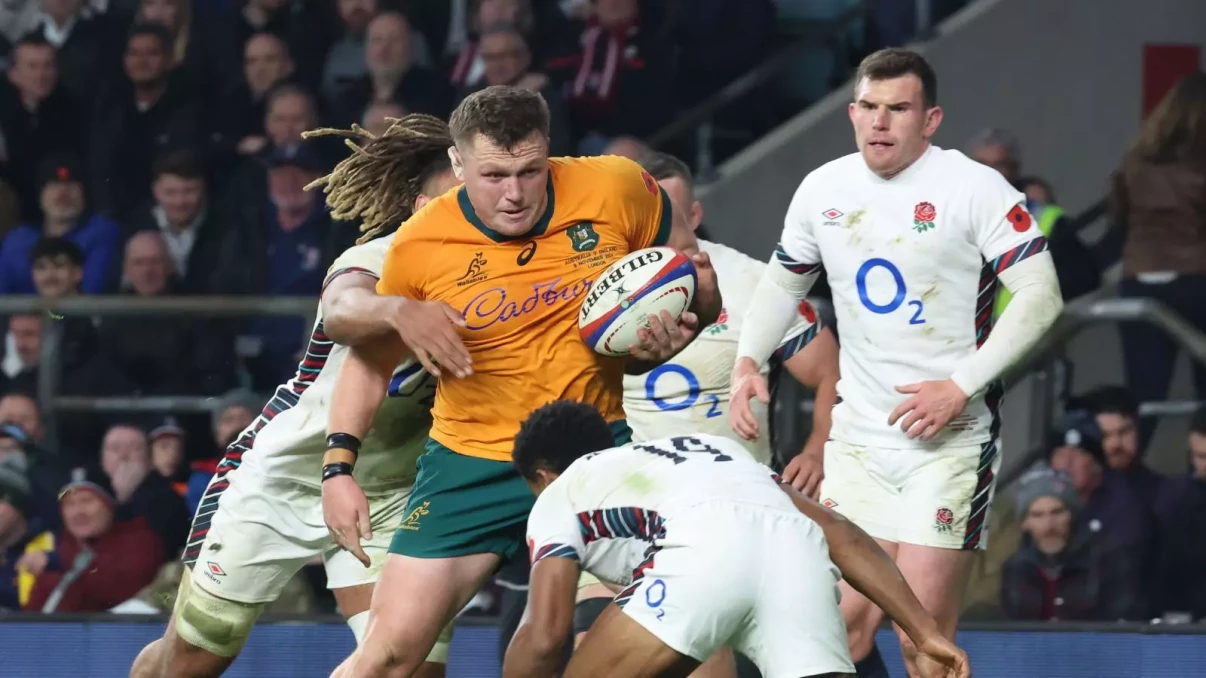
Angus Bell – Wallaby Number 940
Angus played his first rugby at Hunters Hill RUFC as a ranging No8 in the Hillies Under 6s. This was the start of Angus’ Club rugby that saw him a member of an all conquering age group.
Angus Bell, a second-generation Wallaby, has established himself as one of the premier all-round loose head props of his era.
Son of Wallaby #729 Mark Bell, Angus was such a promising talent that he made his Test debut, against the All Blacks, just 34 days after his 20th birthday.
Unusually athletic and agile for a front-rower, Bell is a strong and technically proficient prop with strong mental application. He also possesses a deeply ingrained winning attitude and resilience. Bell played his first rugby for Hunters Hill U6s at No.8.
He undertook his secondary schooling at Newington College, and from there won selection for the Australian Schools & U18s side in both years, the second as captain. A year later Bell was the lynchpin of a Junior Wallabies side that narrowly went down to France in the World Rugby U20s Championship final in Argentina.
In 2020 Angus made his Super Rugby debut at the age of 19 and, less than nine months later, replaced centurion James Slipper in the fourth Test against New Zealand in Brisbane. In doing so the Bells became the eleventh father-son pairing, and the first since David and Sam Carter, to play Test rugby for Australia.
Unfortunately, in the opening game of the Super Rugby Pacific season, Bell re-injured his right toe – the same toe that ruined his 2021.
He underwent rehab as a part of the 2023 Wallabies Squad before returning against Argentina in the Rugby Championship.
Bell was one of the Wallabies’ best at the Rugby World Cup despite the disappointing campaign, with his 2024 Super Rugby season ended by a reoccurring toe injury.
Highlights
2017 Represented Australian Schools
2018 Represented Australian Schools
2019 Represented Australia U20s at the 12th annual World Rugby U20 Championship in Argentina.
2020 Bell made his Test debut off the bench in the 24-22 win over New Zealand at Suncorp. He earned a further two caps, both from as a replacement in the two Rugby Championship internationals against Argentina.
2022 In a season dominated by injury, Bell played just four Tests. In the year’s third international against England at the SCG, Bell suffered ‘turf toe’, a metatarsophalangeal joint / ligament sprain of his right toe. He missed the first five Rugby Championship fixtures and returned for the final game against New Zealand only to aggravate the injury. Bell then underwent surgery on the toe and missed the entire Spring Tour.
2021 Bell was capped in all but one of the Wallabies’ 14 Tests. He made his run-on debut in the last minute, 28-26 win against South Africa on the Gold Coast.
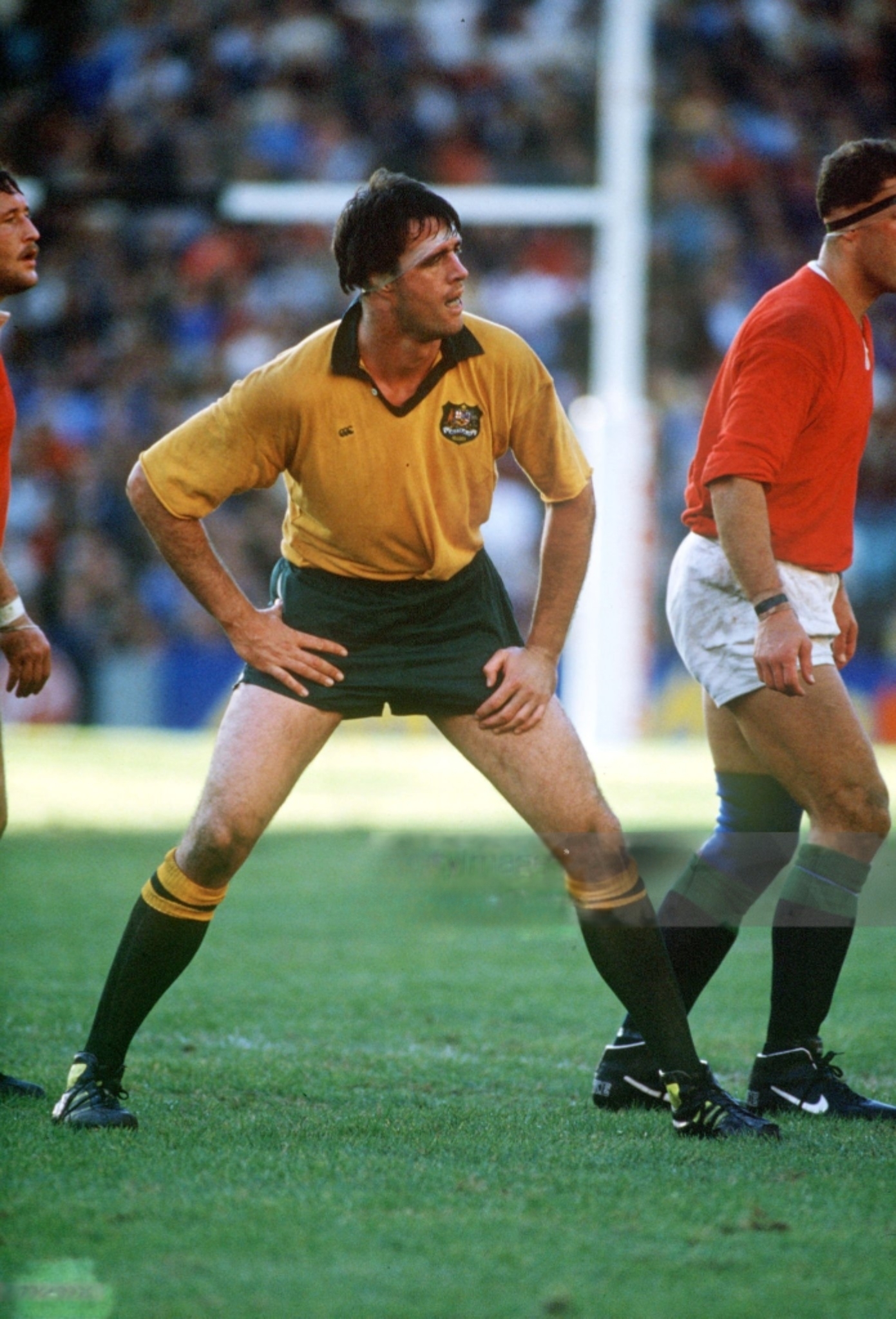
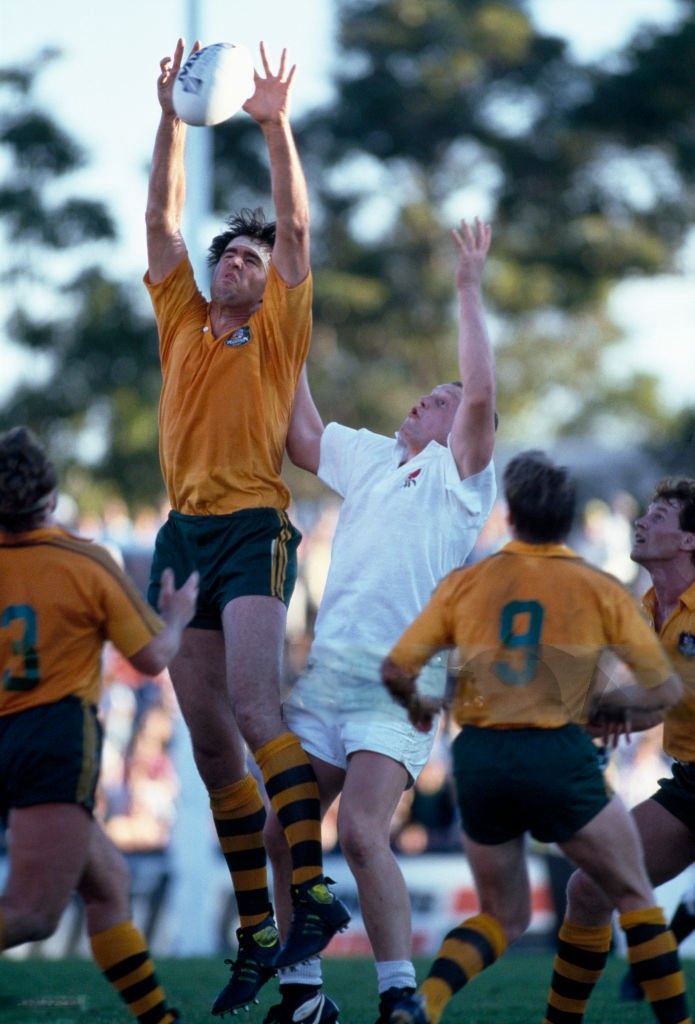
Stephen Cutler – Wallaby Number 630
Stephen Cutler arrived at Boronia as a lanky 10 year old in 1970. It wasn’t long before he started making a name for himself. He was selected in the NSW Schools XV of 1977 but was unfortunate to miss a berth in the famous Invincibles’ Australian Schools squad to Britain and Ireland.
Cutler made his Test debut for Australia in 1982 against New Zealand. He went on to represent the Wallabies in 40 Test matches between 1982 and 1991, scoring 16 points from 4 tries.
Steve took lineout jumping to a new level, earning him the nickname, Skylab, His dominant displays in this area of the game were the foundation of many Wallabies victories. Cutler’s lean frame belied his athleticism and with an intense work ethic he turned himself into much more than just the premier lineout forward in world rugby.
Steve was an integral part of the Wallabies’ historic 1984 Grand Slam tour, where they defeated all four home nations, again his lineout performance proved critical to victory.
The 1986 tour of New Zealand provided another career highlight when Australia became just the fourth team to win a series on New Zealand soil.
After making himself unavailable in 1990, Dwyer recalled Cutler for the 1991 Rugby World Cup campaign and he fittingly returned home a World Champion. His final international appearance was in the 1991 World Cup pool stage against Western Samoa.
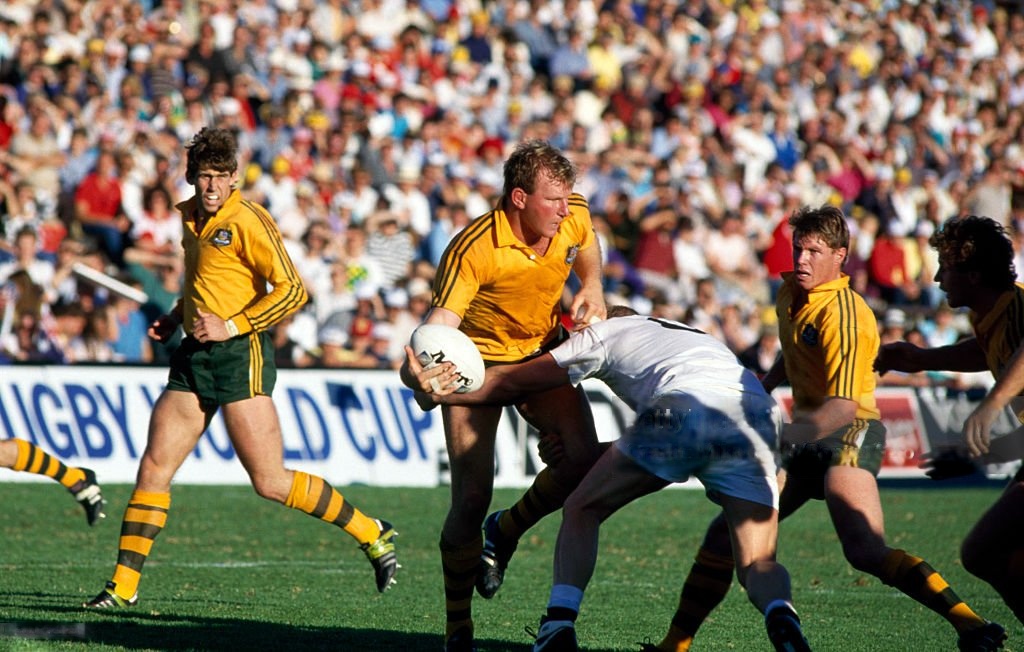
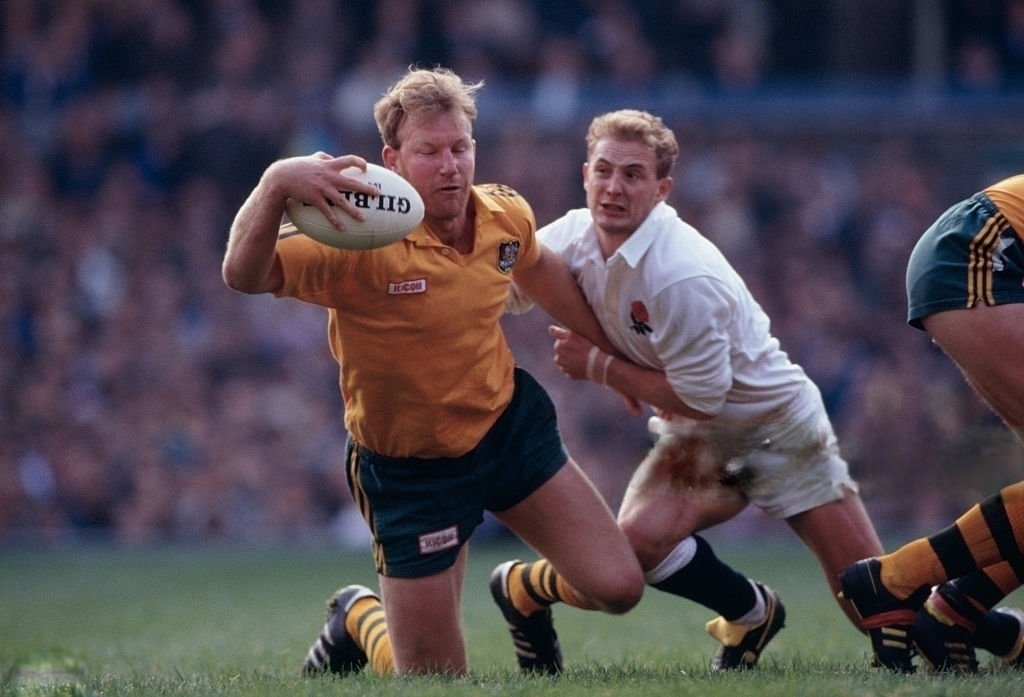
Steven Tuynman – Wallaby Number 638
Steven Tuynman began his rugby journey at Boronia Park, joining the U8s in 1970.
He attended Hunters Hill High School and was a schoolboy rugby phenomenon. Following three years in the NSW Schools’ team, he captained the unbeaten Australian Schools side to Britain and Ireland in 1981-1982.
In May, 1982 he made his senior representative debut, for New South Wales against Waikato and then just two months later, at barely 19 years of age, he was named in the Wallaby squad to tour New Zealand.
He made his Test debut for the Wallabies in 1983 against France in Clermont-Ferrand.
A powerful runner, punishing defender, and skilled ball-handler, Tuynman was a crucial part of the Wallabies’ successes in the mid-1980s. He played a key role in the 1984 Grand Slam tour, where Australia achieved its first-ever clean sweep of the home nations. He was also a member of the first Australian team to win a three-Test series on New Zealand soil in 1986. Tuynman participated in the inaugural Rugby World Cup in 1987, playing in five of Australia’s six matches.
Over an eight-year international career (1983-1990), he earned 34 Test caps for Australia, scoring 5 tries for a total of 20 points.


